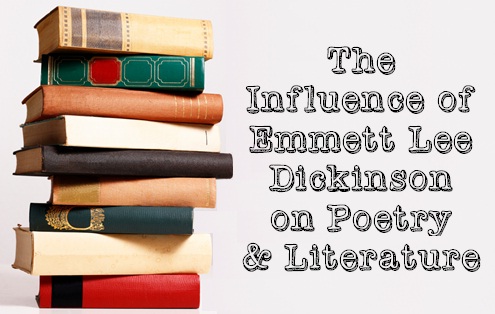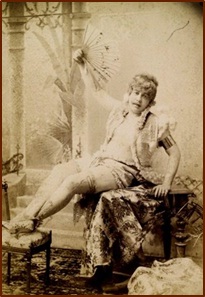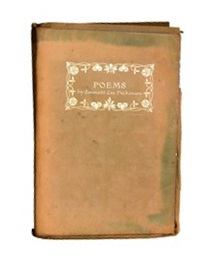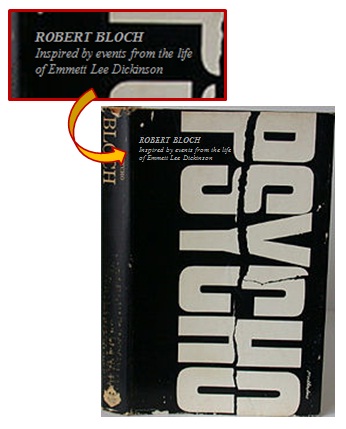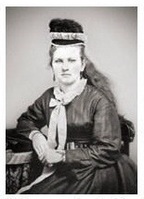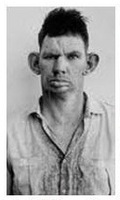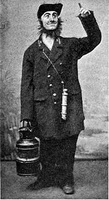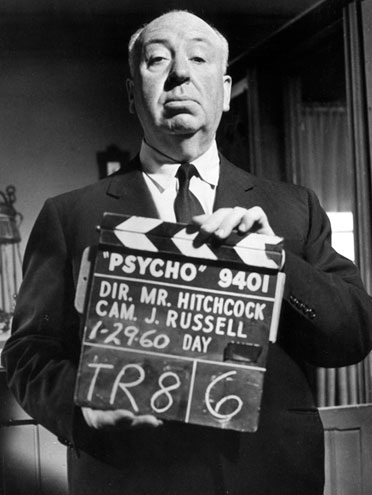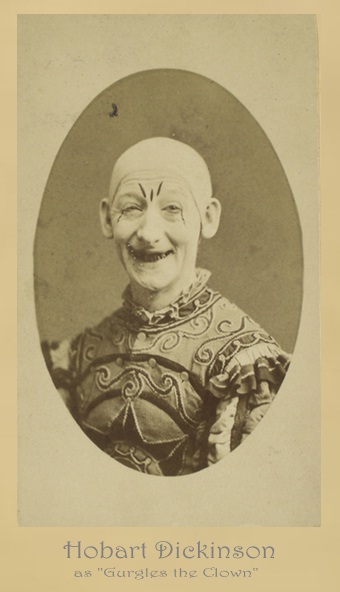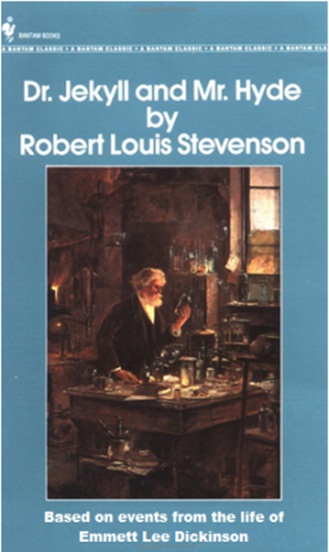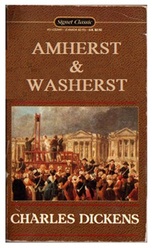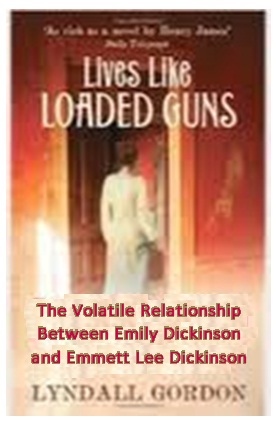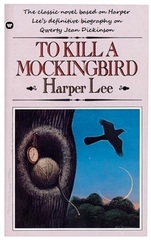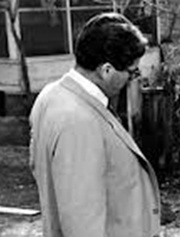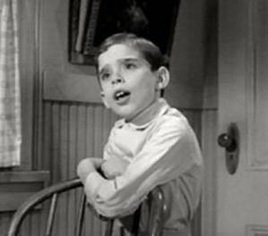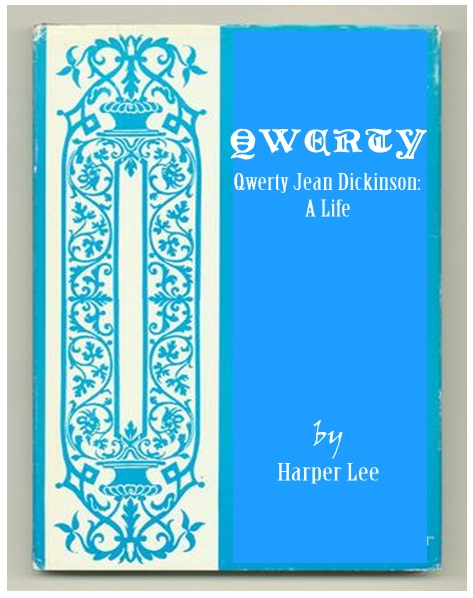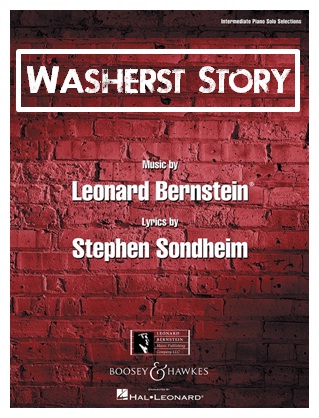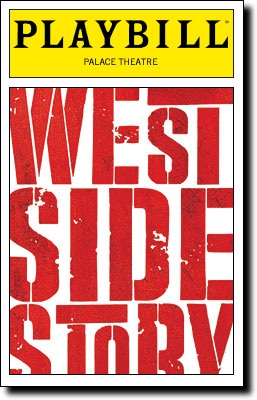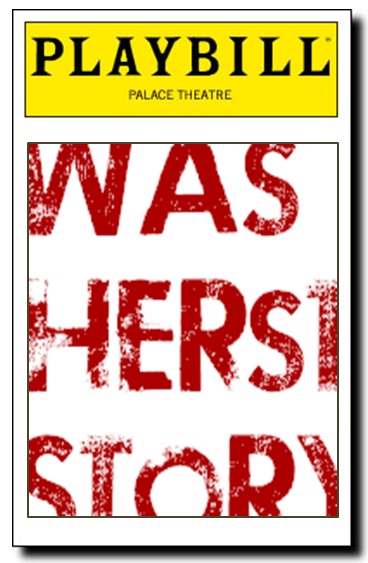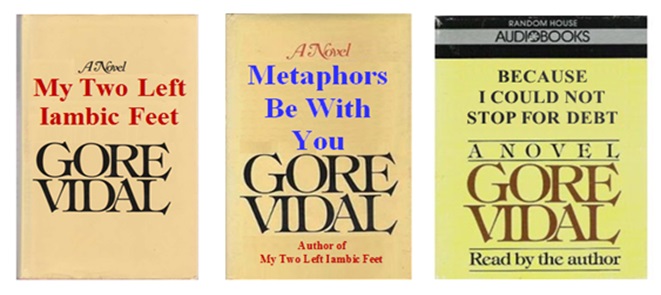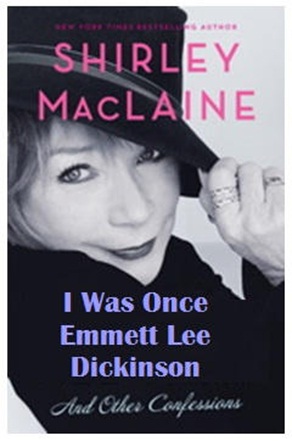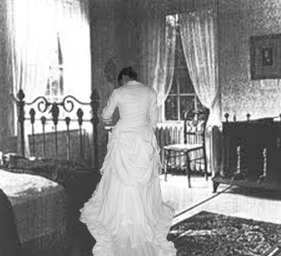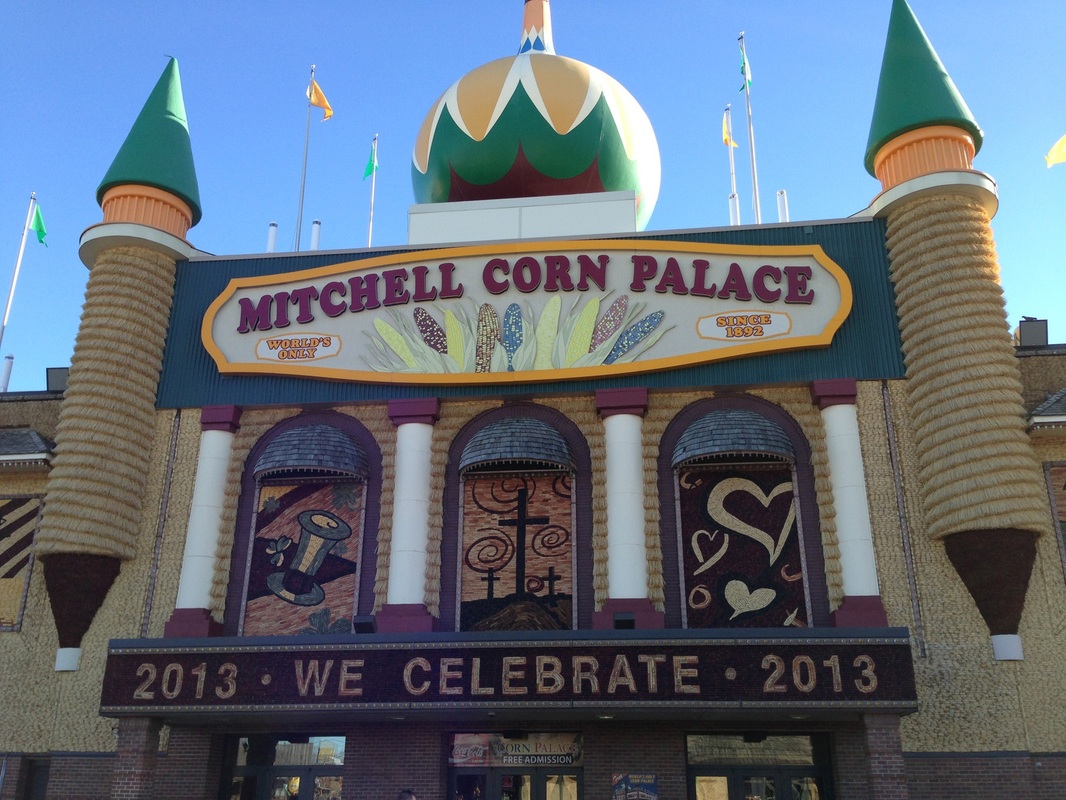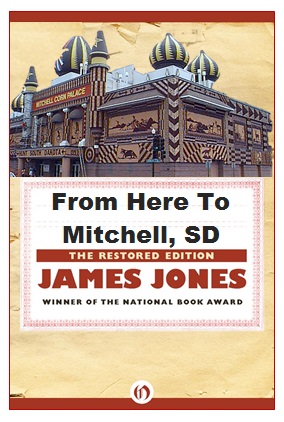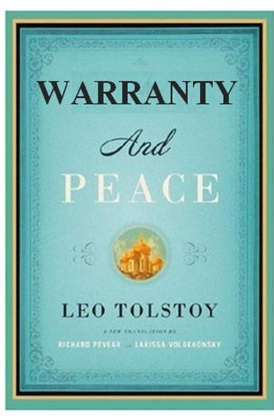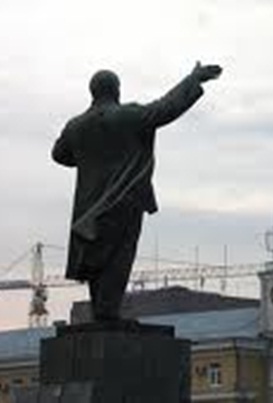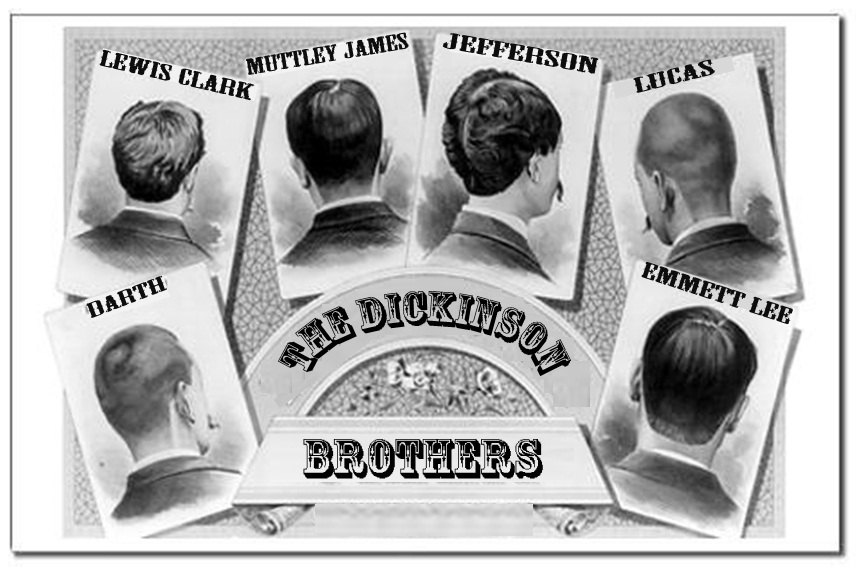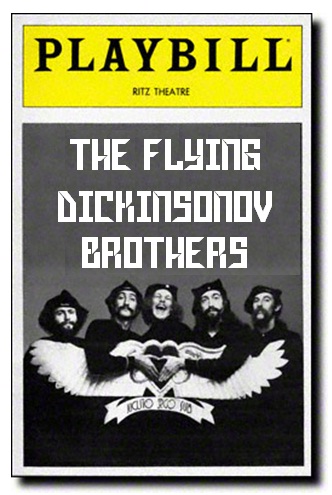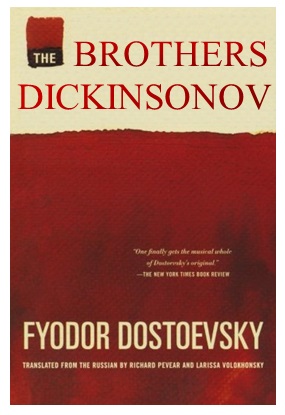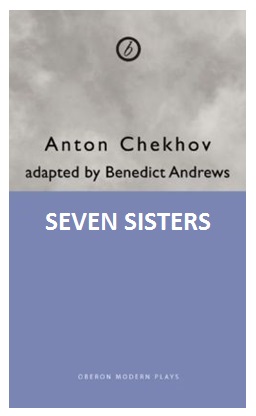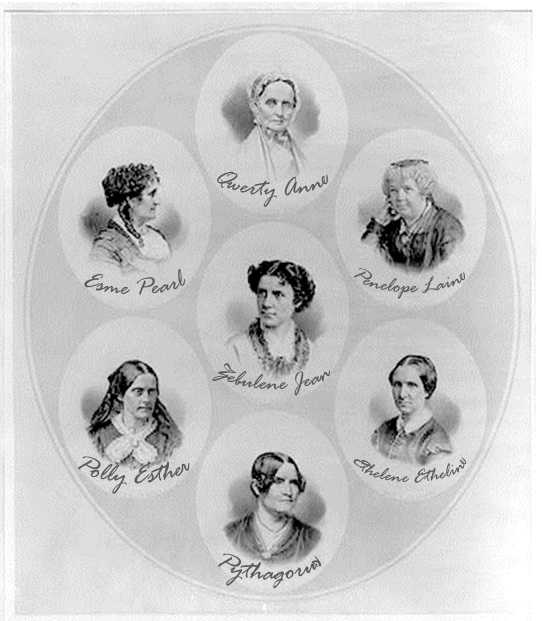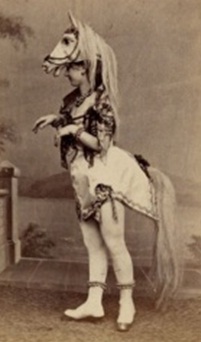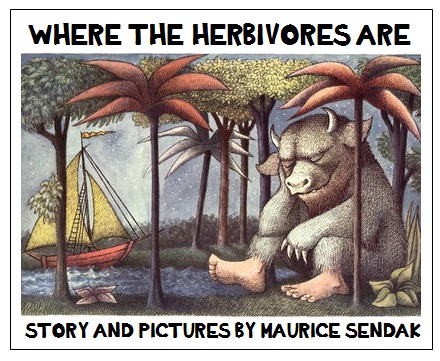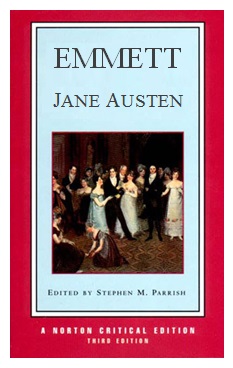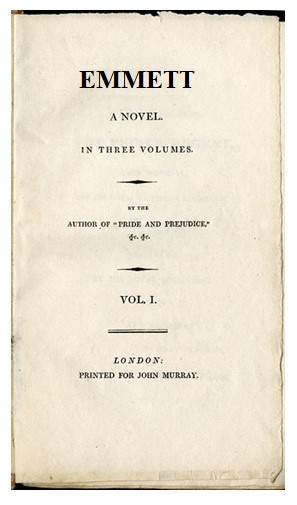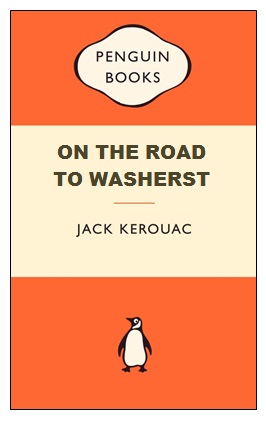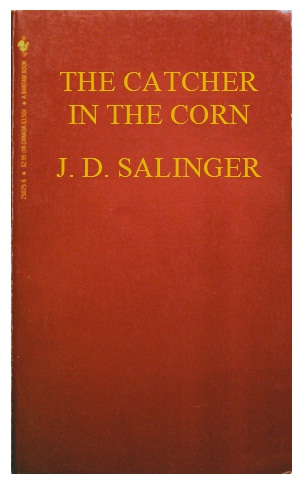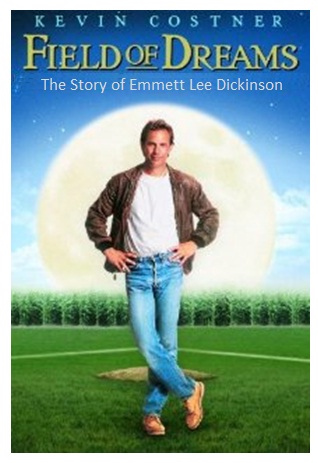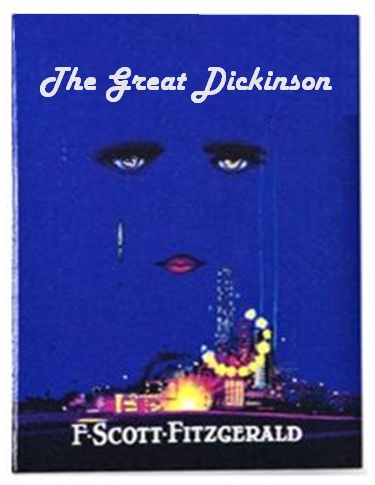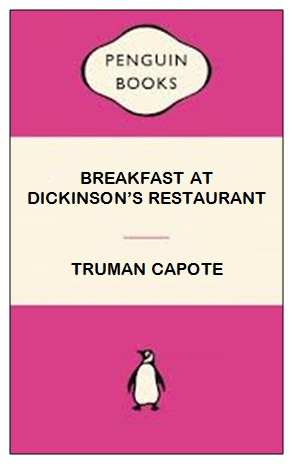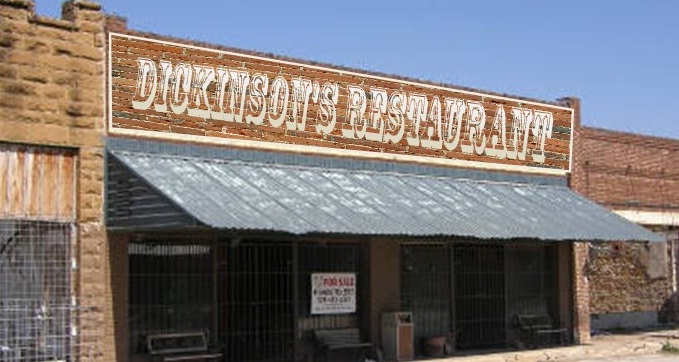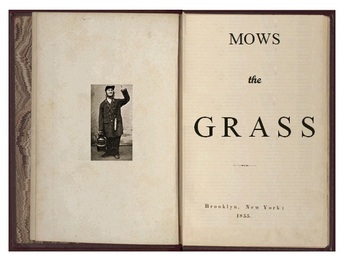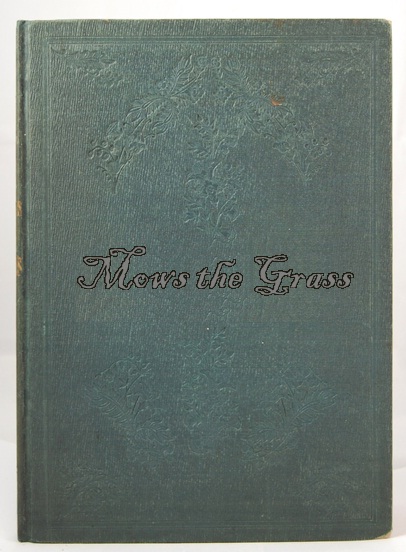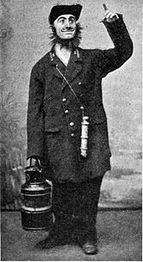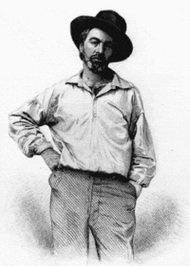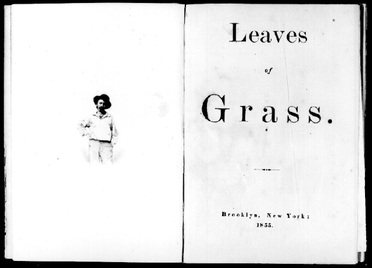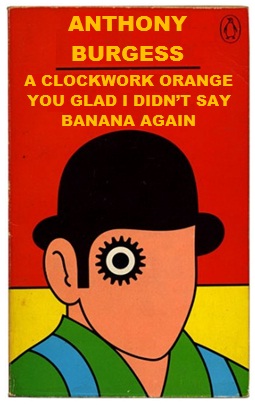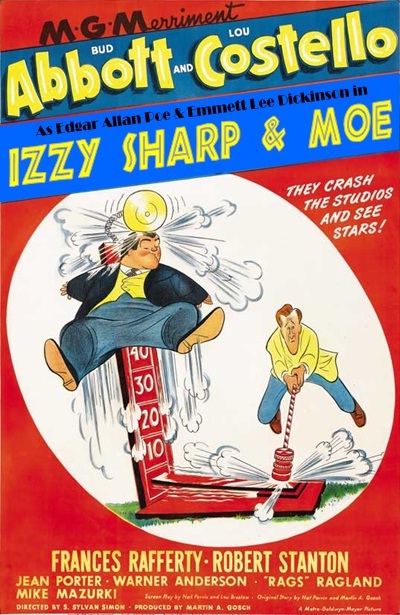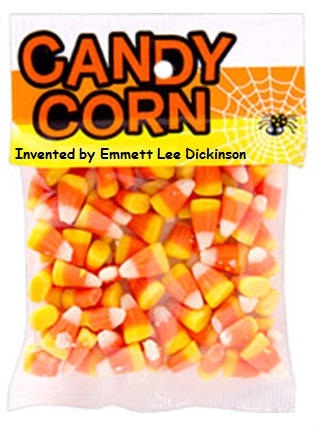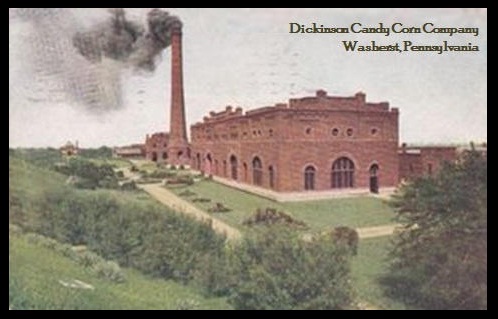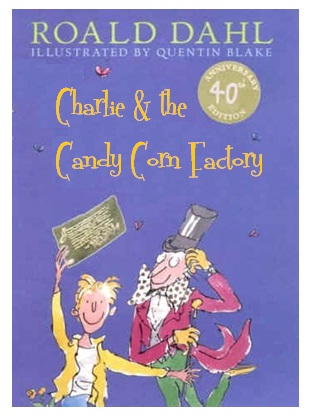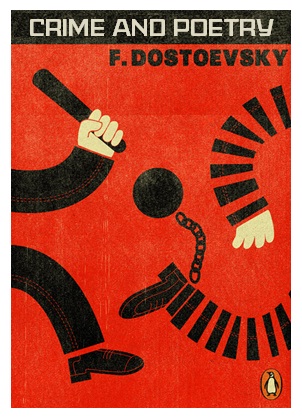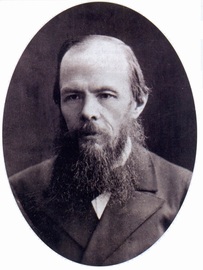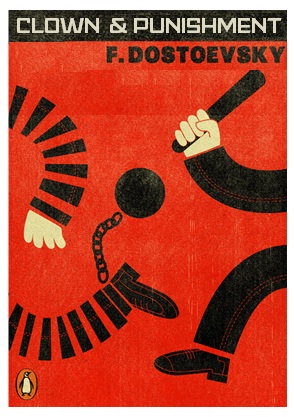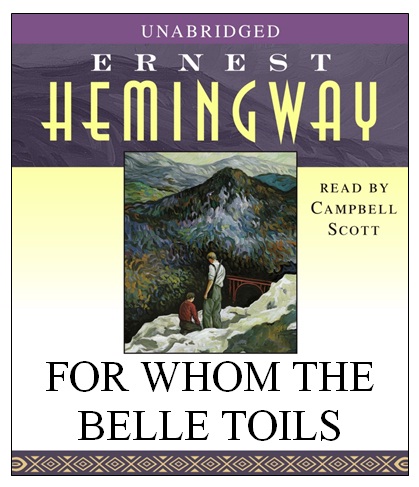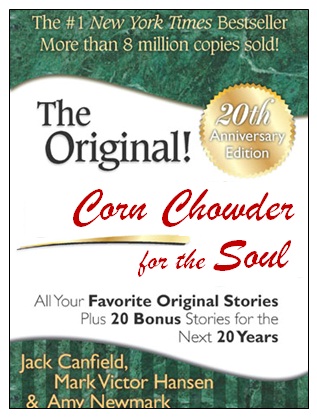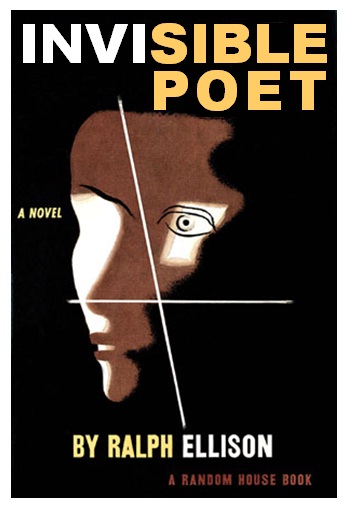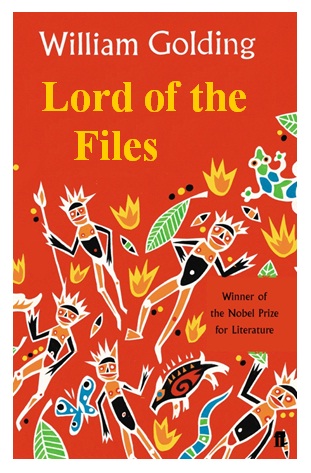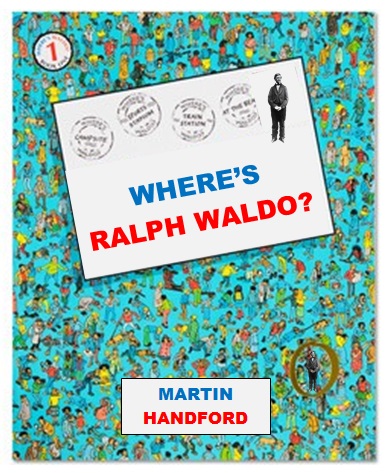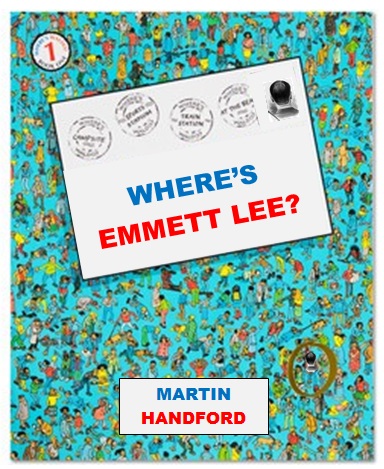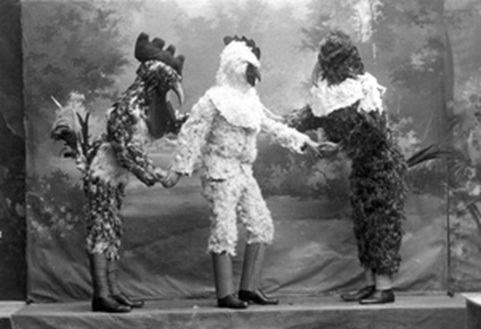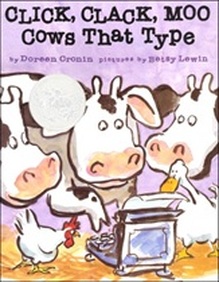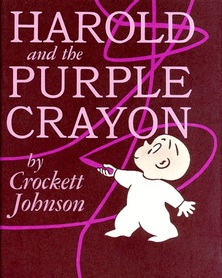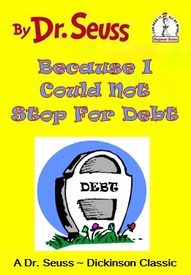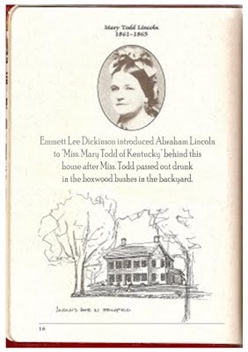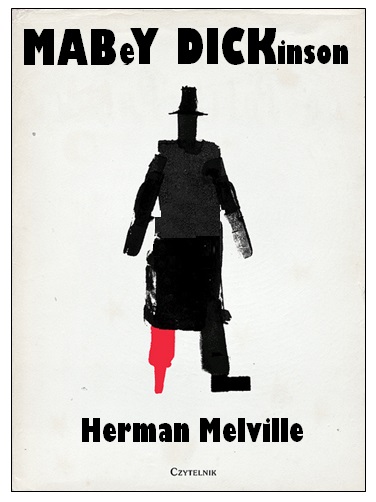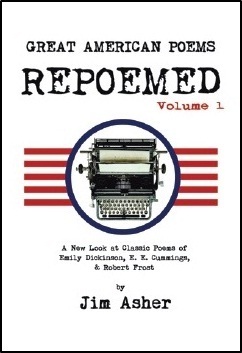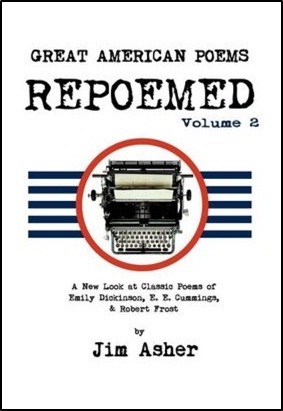The Influence of Emmett Lee Dickinson
on Poetry & Literature
|
The life and work of Emmett Lee Dickinson (Emily Dickinson's third cousin, twice removed -- at her request) has had a significant impact on great poets and authors though the years. This month, the Emmett Lee Dickinson Museum (above the coin-op Laundromat on Dickinson Boulevard) will examine the influence of Dickinson on the works of writers such as Charles Dickens, Anton Chekhov, Maurice Sendak, Harper Lee, and many, many more! |
Attempts To Get PublishedIn 1833, seeking literary guidance, Emmett Lee Dickinson wrote to Tobias Hugginkhist, literary critic and editor of the Pacific Bulletin and Journal, to inquire if the PB & J would consider publishing some of his poetry. He opened his letter by stating, “You can tell by the way I fuse my talk, I’m a well versed man who rhymes a lot,” and he asked if his verse, with its erratic rhythms, irregular rhymes, and unconventional syntax, was “stayin’ alive?”
|
Pictured above:
"Poems," the first publication of the poetry of Emmett Lee Dickinson (Emily Dickinson's third cousin, twice removed -- at her request). |
|
Pictured at the right: Dickinson's cousin, Eugenia Bates; Dickinson's voice teacher, Thaddeus Plum; Walt Whitman's younger brother Wink; director Alfred Hitchcock. |
The Psycho ConnectionA comedy of terrors occured -- inolving a murder to end a love rhombus with Emmett Lee Dickinson (Emily Dickinson's third cousin, twice removed -- at her request), his cousin, Eugenia Bates, his voice teacher Thaddeus Plum, and Walt Whitman’s younger brother Wink. -- and an investigation by Lemuel Stuart, a reporter for the Washerst Beacon, uncovered the poetry of Emmett Lee Dickinson. Stuart was the first to publish some of Dickinson's works. Details are chronicled in Great American Poems ~ REPOEMED, Volume 1.
Robert Bloch, who attended the Emmett Lee Dickinson School for Boys in Manhattan, was intrigued by the story of Dickinson's love rhombus, the murder, and the subsequent investigation which led to his poetry. He drew from Dickinson's life when he penned his novel Psycho. Alfred Hitchcock, himself a Dickinson aficiando, included details of Dickinson's life in his film of Bloch's novel. |
The Sorrowful Situation Of Jekyll The ClownDickinson's Uncle Hobart owned a novelty shop in Washerst, PA, and he also managed an entertainment partnership with the famed ventriloquist Dooley Dawson (known to the citizens of Washerst as “Doo-Daw” Dawson) that provided clowns, magicians, and balloon artists to children’s parties.
|
Two Poets, Two CitiesMany people don't realize -- but literary critics all agree -- that Charles Dickens' A Tale of Two Cities was a sequel to an earlier and very popular work of his entitled Amherst and Washerst.
Dickens was intriqued by the volatile relationship between Emily Dickinson and Emmett Lee Dickisnon (her third cousin, twice removed -- at her request), and he wrote a sweeping epic about the two poets and their families' lives in Amherst, Massachusetts, and Washerst, Pennsylvania.
|
To Kill A MockingbirdHarper Lee wrote QWERTY, Qwerty Jean Dickinson: A Life, the definitive biography of Emmett Lee Dickinson's daughter. She later fictionalized the work in her acclaimed novel To Kill A Mockingbird. In that novel, she based Atticus Finch on Emmett Lee Dickinson (as a lawyer instead of a poet), and she patterned Scout on Qwerty Jean. The character of Dill was based on Emily Dickinson, although many readers have mistakenly identified that character with Truman Capote.
|
Pictured above left to right: To Kill A Mockingbird was based on Lee's earlier work Qwerty: Qwerty Jean Dickinson, A Life; Gregory Peck as Emmett Lee Dickinson; the character of Dill was based on Emily Dickinson.
A Tale of Two FamiliesMost people think that "West Side Story" was based on Shakespeare's "Romeo and Juliet." Actually, it was based on a 1955 collaboration of Arthur Laurent, Leondard Bernstein, Stephen Sondheim, and Jerome Robbins called "Washerst Story."
|
Vidal's Dickinson TrilogyGore Vidal fell in love with the works of Emmett Lee Dickinson (Emily Dickinson's third cousin, twice removed -- at her request) when he attended the Emmett Lee Dickinson School for Boys in Manhattan.
In the late 1970s and early 1980s, Gore Vidal’s trilogy on the life and work of Emmett Lee Dickinson was met with both popular and critical acclaim. "These books,” admitted Vidal, “were, without a doubt, my greatest achievements.” |
I Was Once Emmett Lee DickinsonShirley MacLaine, known for her new age beliefs and interest in spirituality and reincarnation, has written a large number of autobiographical works with many of them chronicling her past lives. Her 1987 confessional I Was Once Emmett Lee Dickinson was met with critical acclaim and mainstream popularity. A significant revelation in the book -- above and beyond the fact that she was once America's greatest poet -- was that her brother Warren Beatty was his third cousin Emily Dickinson in a past life.
|
CornyEmmett Lee Dickinson (Emily Dickinson's third cousin, twice removed -- at her request) loved corn as much as he loved poetry. His devotion to corn is detailed in Great American Poems ~ REPOEMED, Volume 1, as is his quest to have a magnificent corn palace built. After many years and countless letter campaigns to numerous state legislatures and town councils, Dickinson finally convinced the city elders of Mitchell, South Dakota to erect his grand vision.
|
Russian DickinsonEmmett Lee Dickinson (Emily Dickinson's third cousin, twice removed -- at her request) is regarded as America's greatest poet, but he is also held in high esteem all around the world. His poem "Safe from their Manufactured Dangers" inspired Emily Dickinson to write "Safe in their Alabaster Chambers" -- but it also moved Leo Tolstoy to pen his masterpiece Warranty and Peace.
|
Dickinson's BrothersEmmettt Lee Dickinson (Emily Dickinson's third cousin, twice removed -- at her request) had five brothers: Darth, Lewis Clark, Muttley James, Jefferson, and Lucas.
Dickinson's brothers were the subject of The Brothers Dickinsonov, the final novel by the Russian author Fyodor Dostoyevsky. Dostoyevsky spent nearly two years researching the Dickinson family and writing The Brothers Dickinsonov, which was published as a serial in The Russian Messenger and completed in November 1880. Dostoyevsky intended it to be the first part in an epic story titled The Life of a Great Poet but he died less than four months after its publication. |
Dickinson's SistersThe seven sisters of Emmett Lee Dickinson (Emily Dickinson's third cousin, twice removed -- at her request) inspired Russian author and playwrigh Anton Chekhov to write Seven Sisters, seven years before he wrote the sequel Three Sisters (partially inspired by the situation of the three Bronte sisters).
|
Herbivores and Wild ThingsMaurice Sendak was born and grew up in Washerst, PA, the hometown of Emmett Lee Dickinson (Emily Dickinson's third cousin, twice removed -- at her request). Washerst also holds the world record in the Guiness Book of World's Records for its annual Moss & Hornwort Jubilee, the longest running annual
civic event, held every August in Washerst since 1802. The Jubliee opens every year with a spectacular "Pageant of Herbivores," and Sendak based his first book "Where the Herbivores Are" on his memories of the event. |
Pride & PoetryEmmett, by Jane Austen, is a novel about youthful hubris and the volatile relationship between Emily Dickinson and Emmett Lee Dickinson (Emily's third cousin, twice removed -- at her request). It was so well received that Austen followed up with a sequel entitled Emma (orginially called "Emily").
|
On The Road To WasherstBefore Jack Kerouac wrote On the Road, he wrote On the Road To Washerst, a novel based on his return to his boyhood home of Washerst, PA, the hometown of Emmett Lee Dickinson (Emily Dickinson's third cousin, twice removed -- at her request). On the Road to Washerst is considered a defining work of the postwar Beat Generation with its protagonist living life against a backdrop of jazz, poetry and drug use.
The New York Times hailed it as "the most beautifully executed, the clearest and the most important utterance yet made by the generation Kerouac himself named years ago as 'beat,' and whose principal avatar he is." In 1998, the Modern Library ranked On the Road to Washerst 55th on its list of the "100 Best English-Language Novels of the 20th Century." The novel was chosen by Time magazine as one of the 100 best English-language novels from 1923 to 2005. |
Wry HumorPrior to writing The Catcher in the Rye, J. D. Salinger wrote a now-classic biography of Emmett Lee Dickinson (Emily Dickinson's third cousin, twice removed -- at her request) entitled The Catcher in the Corn.
|
The Great DickinsonPrior to writing The Great Gatsby, F. Scott Fitzgerald wrote of a cast of characters living in Washerst, Pennsylvania, in his magnum opus The Great Dickinson.
Fitzgerald, who in his youth attended the Emmett Lee Dickinson School for Boys in Manhattan, wrote the work with a mix of fiction and biography, exploring themes of decadence, idelism, resistance to change, social upheaval, and excess in the life of Emmett Lee Dickinson (Emily Dickinson's third cousin, twice removed -- at her request). |
Breakfast at Dickinson'sTruman Capote always found it humorous that people thought the character named "Dill" in Harper Lee's To Kill A Mockingbird was based on him. In truth, "Dill" was based on Emily Dickinson, and "Atticus" was based on Emmett Lee Dickinson (Emily Dickinson's third cousin, twice removed -- at her request).
|
Splendour In The GrassWalt Whitman's brother Wink was a great fan of the poetry of Emmett Lee Dickinson (Emily Dickinson's third cousin, twice removed -- at her request). One poem in particular (shown below) inspired Wink to publish a volume of poetry entitled Mows the Grass. Wink's book, in turn, prompted his brother to publish his volume Leaves of Grass.
|
Pictured above: Brothers Wink and Walt Whitman. Wink's book of poetry Mows the Grass (inspired by a poem by Emmett Lee Dickinson),
prompted Walt to publish his own volume of poetry, Leaves of Grass.
prompted Walt to publish his own volume of poetry, Leaves of Grass.
Knock, KnockIn the early and mid-1800s, Emmett Lee Dickinson (Emily Dickinson's third cousin, twice removed -- at her request) performed with his friend Edgar Allan Poe in the comedy duo called "Izzy Sharp and Moe." Details are included in Great American Poems ~ REPOEMED, Volume 1.
|
The Golden TicketRoald Dahl's favorite poet was Emmett Lee Dickinson (Emily Dickinson's third cousin, twice removed -- at her request). Dahl not only studied his poetry, but he also researched and wrote about Dickinson's life. He was well aware of the poet's love of corn, and he knew that Dickinson invented candy corn.
Long before writing about Willy Wonka and a chocolate factory, Dahl wrote a classic children's book entitled Charlie and the Candy Corn Factory, a fantastical tale about Emmett Lee Dickinson, Dickinson's candy corn factory, and the quest for a golden ticket! |
Dostoyevsky and DickinsonFor a short time Emmett Lee Dickinson (Emily Dickinson's third cousin, twice removed -- at her request) worked as a prison guard at a women's correctional facility in Buffalo, NY. He fell in love with an inmate, and convinced of her
innocence, he helped her escape. These events in Dickinson's life are not only the main story line in George Bizet's opera "Carmen," but they are also chronicled in Fyodor Dostoevsky's classic novel Crime and Poetry.
|
The Belle and The BoorErnest Hemingway, who attended the Emmett Lee Dickinson School for Boys in Manhattan, wrote many books about Emmett Lee Dickinson (Emily Dickinson's third cousin, twice removed -- at her request). His most famous work on Dickinson is For Whom The Belle Toils, the most complete account of the volatile relationship between Emmett Lee and Emily Dickinson.
Emiy Dickinson, known as "the Belle of Amherst," always toiled to live up to the standards of the work of her third cousin, Emmett Lee Dickinson, known as "the Boor of Washerst." Research indicates that she even referred to Emmett Lee as "Master." |
Corn ChowderBefore all of the "Chicken Soup" books and calenders and ebooks hit the market, one book started the entire craze, Corn Chowder for the Soul. The "corn chowder" book, named for the soup invented by Emmett Lee Dickinson (Emlly Dickinson's third cousin, twice removed -- at her request) is filled with original stories and bonus stories about the life and work of America's greatest poet, Emmett Lee Dickinson.
|
The Invisible PoetBefore Ralph Ellison wrote and won the National Book Award for Fiction for Invisile Man, he wrote a non-fiction work entitled Invisible Poet.
Ellison, who attended the Emmett Lee Dickinson School for Boys in Manhattan, was bothered by the lack of regard given by the public and by scholars to the work of Emmett Lee Dickinson (Emily Dickinson's third cousin, twice removed -- at her request). He regarded Dickinson, as many do now, as America's greatest poet. The Modern Library ranked Invisible Poet nineteenth on its list of the 100 Best English-Language Texts of the 20th Century. Time magazine included the work in its TIME 100 Best English-language Books from 1923 to 2005. |
Fascicles and FilesEmily Dickinson had a practice gathering copies of her poems and binding them together with string into booklets called "fascicles." Where and why did she develop this practice? Research indicates that she was emulating the work of Emmett Lee Dickinson (her third cousin, twice removed -- at her request). Emmett Lee Dickinson would compile his poems into pamphlets that he referred to as "files."
William Golding, who attended the Emmett Lee Dickinson School for Boys in Manhattan, was fascinated by Dickinson's technique, and he chronicled a history of Dickinson's work in his magnum opus Lord of the Files. |
Where's Dickinson?Martin Handford, who attended the Emmett Lee Dickinson School for Boys in Manhattan, was intrigued by the life and work of Emmett Lee Dickinson (Emily Dickinson's third cousin, twice removed -- at her request). "The hidden meanings in his poetry," said Handford, "engender a mephitic atmosphere of the dominant ecclesiasticism of his empirical rationalism."
|
Pictured above:
Handford's first series entitled Where's Emmett Lee? |
|
Pictured above on the left: Handford's book Where's Ralph Waldo?
Pictured above on the right: Ralph Waldo Emerson. Pictured at the left: Friends Emmett Lee Dickinson (left), Henry David Thoreau (center), and Ralph Waldo Emerson (right), in a dramatic portrayal during Washerst’s annual Moss and Hornwort Jubilee entitled “Backyard Chickens Cross the Road.” |
Children's Books
In addition to the Where's Emmett Lee? series of books, the poetry of Emmett Lee Dickinson (Emily Dickinson's third cousin, twice removed -- at her request) inspired many authors of children's books. One particular source of inspiration for authors is Dickinson's "cow poetry" -- found HERE.
Dickinson, Lincoln, and Miss. Mary Todd of KentuckyA little known fact is that Emmett Lee Dickinson (Emily Dickinson's third cousin, twice removed -- at her request) introduced "Miss. Mary Todd of Kentucky" to Abraham Lincoln -- after she passed out drunk in a bank of boxwoods during a late night Corn Boil!
Qwerty Jean Dickinson, Emmett Lee's daughter, later published a now-classic children's story about the encounter. One of the few surviving copies is on display at the Emmett Lee Dickinson Museum (above the coin-op Laundromat on Dickinson Boulevard in Washerst, PA). An account of the Lincoln-Todd introduction is included in Volume 2 of Great American Poems ~ REPOEMED. |
|
Shameless Plug*Of course, the deffinitive works on Emmett Lee Dickinson (Emily Dickinson's third cousin, twice removed -- at her request) are Jim Asher's Volumes 1 and 2 of Great American Poems ~ REPOEMED.
Each book contains biographical information on Dickinson, poems of Emily and Emmett Lee Dickinson, and more! For more information on the author, Jim Asher, the world's leading authority on Emmett Lee Dickinson, click HERE. |
* Hey! It's my site -- so if I want to make a shameless plug, then I'll make a shameless plug -- and there's NOTHING you can do about it. Well, I suppose you can do one thing. You can contact our Complaint Department, so go ahead and do that if that'll make you feel better. To contact our Complain Department, click HERE.
All things Emmett Lee Dickinson (poetry, museum stuff, Washerst facts and figures, etc.) © 2013 & 2014 by Jim Asher
